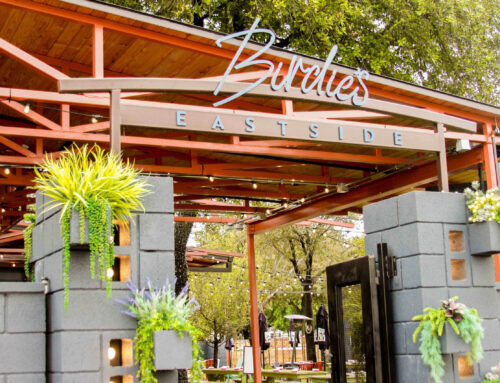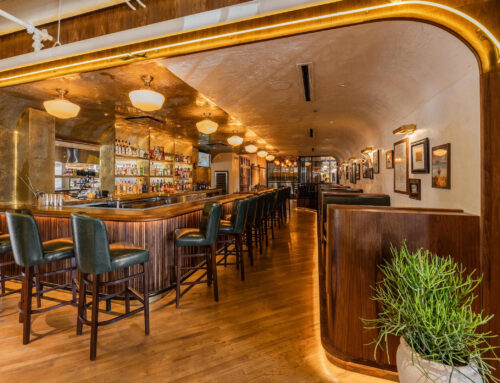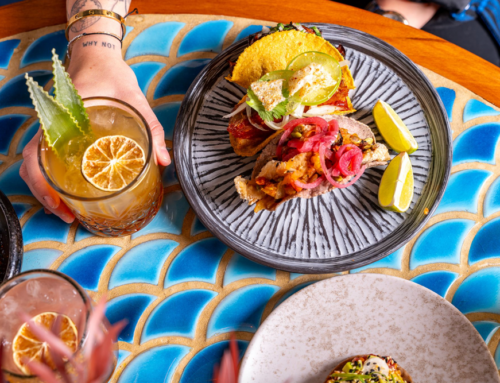Talk to retailers and other wine types, and they shake their heads about Champagne and sparkling wine’s popularity. It’s not what it once was, some of which has to do with the Millennium, which boosted sales unnaturally high, and some of which has to do with the fact that Americans haven’t had much to celebrate during the past six years.
Which is too bad, since never has bubbly offered as much value for the money as it does today. Yes, the high-end French stuff (which can only be called Champagne if it was made in the Champagne region of France) is still ridiculously priced, but there is plenty of wine starting in the mid-$20 range and less. Much of this is quite food-friendly, whether it’s for the Thanksgiving turkey, Christmas ham or New Year’s black-eyed peas. (Keep in mind that brut means dry, and extra dry is a touch sweeter.)
Plus, you can buy decent sparklers almost anywhere these days, including the grocery store. This makes holiday planning that much easier:
• Buy it the night before you stop to get the cranberries: Korbel (about $12), from California, gets its grapes from Sonoma’s Russian River Valley, a nice piece of real estate. Freixenet ($10) is decent Spanish cava if you’re in a bind. Domaine Ste. Michelle ($12) is a value from Washington state.
• Requires a trip to a liquor or specialty store: Toad Hollow Amplexus ($17) is French, but made in southern France’s Limoge in a creamy, brut style. Never overlook the $10 or less Spanish cava, including Cristalino, Extra and Zero. Italian sparklers, such as Marenco Moscato d’Asti Scrapona ($13), are sweeter than most others.
• Plan ahead for these. Ruinart ($40) is exquisite Champagne, and I’ll take it against any of the more popular or expensive brands. Argyle ($22), from Washington state, has never disappointed. Thienot ($35) is another French brand that deserves to be better known.





